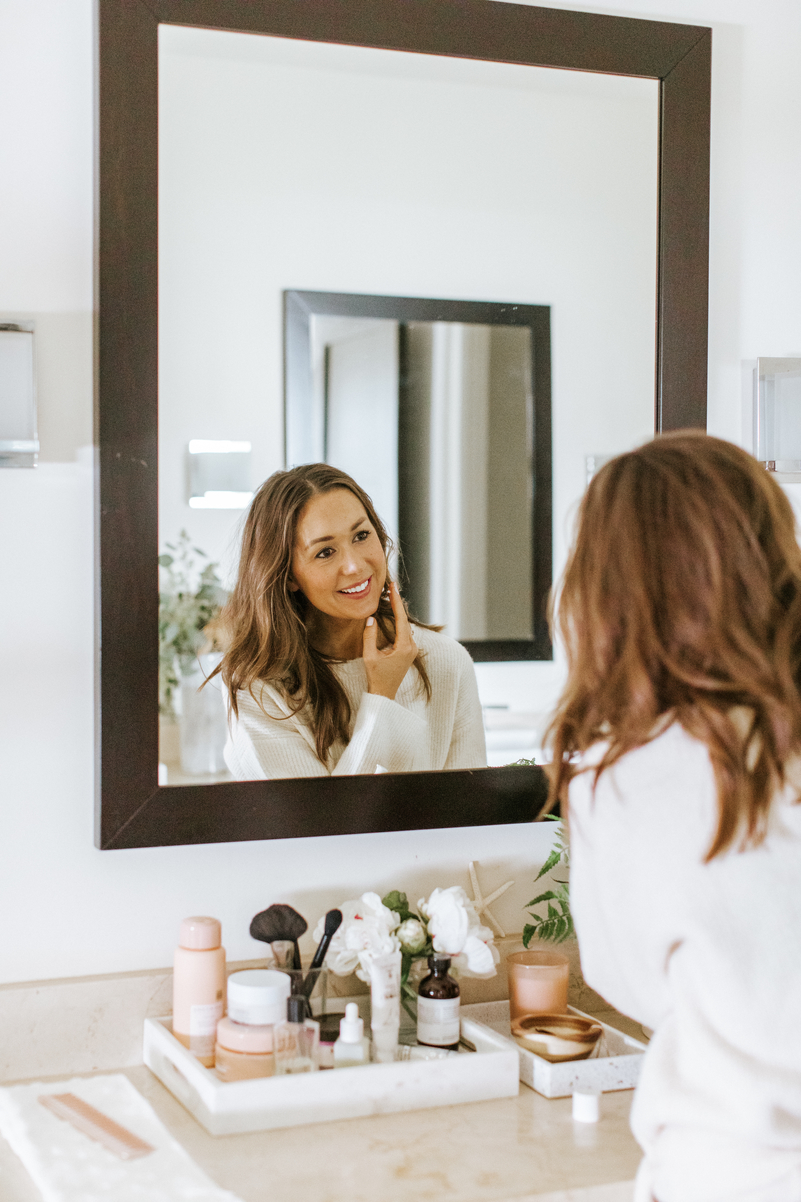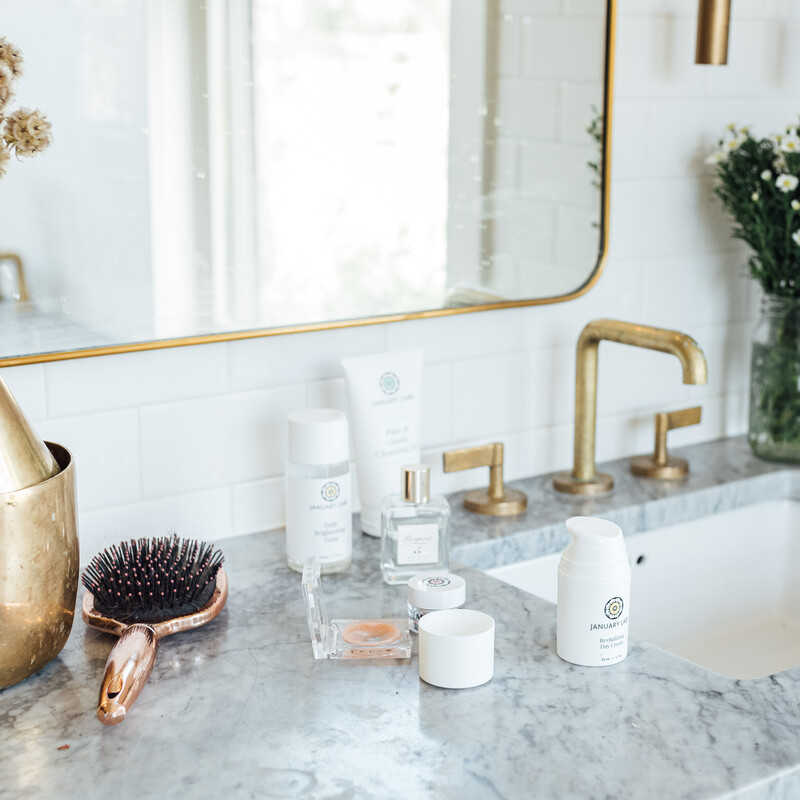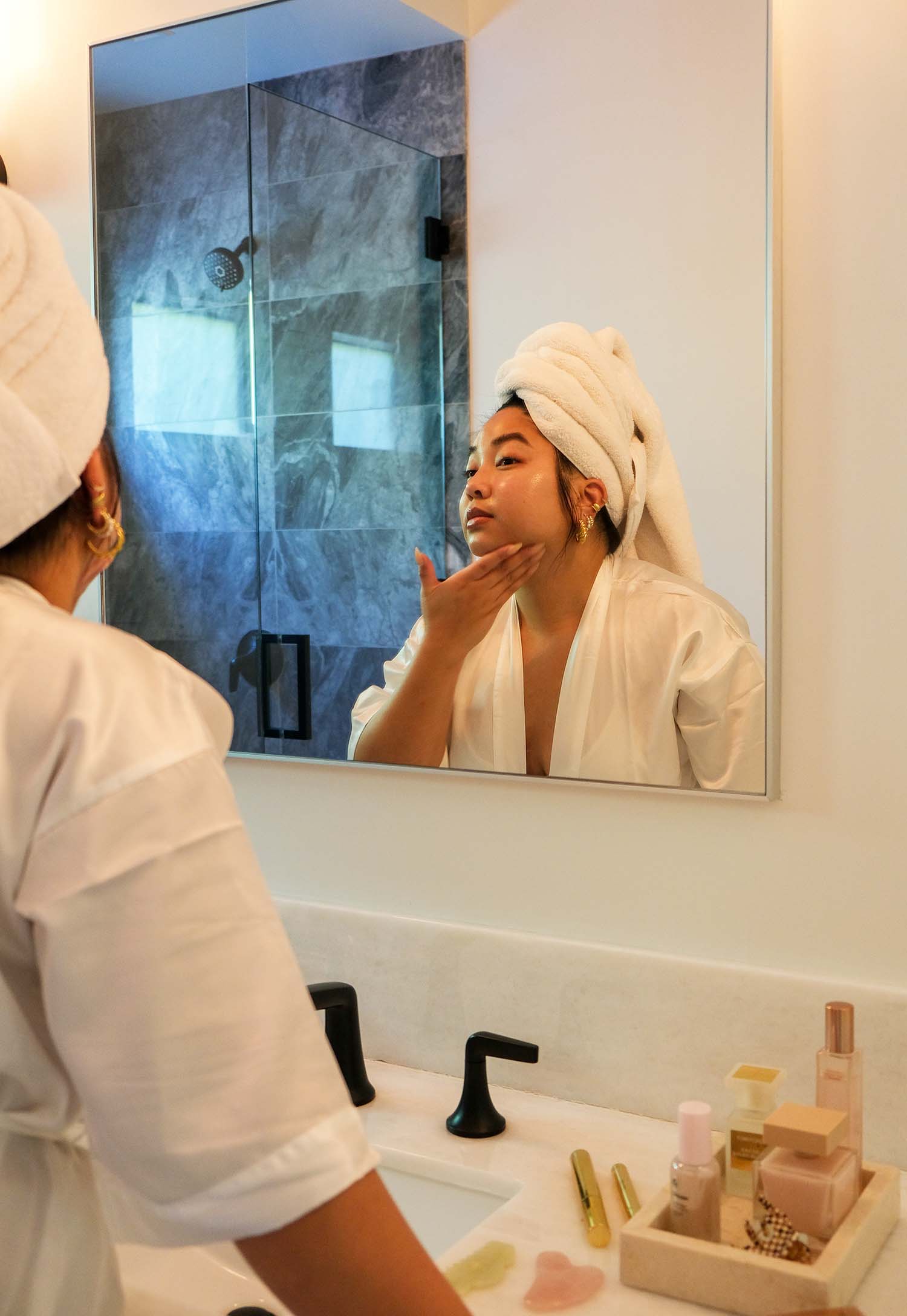If you’re a beauty enthusiast like I am, you’ve probably heard the term “preventative Botox” bounced around. You’re likely familiar with Botox (other brand names include Dysport, Xeomin, or Jeuveau), also known as cosmetic botulinum toxin therapy, aka neurotoxin injectables, which work to help diminish the appearance of fine lines and wrinkles by paralyzing the muscles underneath (in addition to other benefits.) But how exactly can it be preventative?
As a beauty editor who is frequently offered access to a wide array of treatments, Botox is one that I actually haven’t tried. I’m only 25, so I haven’t felt the need to get it just yet, but preventative treatments are always something I’m interested in. After all, I do invest a lot in my skincare regimen now, and I want the effects to last as long as possible. As time goes on, Botox, filler, and other injectables and aesthetic treatments are becoming less and less stigmatized—and therefore more accessible.
I was intrigued to know if anyone in my circle of beauty editors had started preventative Botox yet so I posted a question on my Instagram story asking if they’d be willing to talk about their experience. Pia Velasco, Senior Beauty and Fashion Editor at HelloGiggles, was kind enough to share her thoughts. She’s been getting preventative Botox for the last three years (she just turned 30) and is completely in love with it. “I’ve noticed that my skin is smoother, my acne has decreased, and I feel at peace knowing I’m taking steps to prevent signs of aging rather than stressing over trying to reverse them in the future,” she tells me. Pia did admit that she’s able to get the treatment comped so she doesn’t have to worry about the financial stress of it, even though she only needs touch-ups a couple of times a year.
In the spirit of learning more about the treatment, Vanessa Lee, RN, aesthetic nurse, injectables educator, and founder of The Things We Do in LA, gave us the lowdown on preventative Botox.
What is preventative Botox?
Botox use and other neuromodulator treatments can fall into three categories: Corrective, preventative, and preferential. Corrective Botox is treating someone with significant lines or wrinkles at rest to soften and undo the memory skin is building up because of the strong muscle movement beneath it. If there aren’t necessarily significant lines at rest yet, preventative Botox treatments target the stronger muscle movement that will cause the lines in the future so wrinkles don’t end up forming at all. Preferential Botox treatments like the brow lift, gummy smile treatment, and masseter treatment to slim the face are not to correct lines but instead to help with a specific aesthetic preference.
Who is a good candidate for preventative Botox?
People in their late 20s to mid-30s tend to be the best candidates. The whole idea of preventative Botox is to treat before the lines form so you can maintain smoother skin. If you are starting to form fine lines with repetitive movement and wish to soften or eliminate them completely, preventative Botox is worth looking into with your licensed injector.

Is preventative Botox considered a necessity?
Absolutely not. The treatment exists for people who want to get ahead and slow down the wrinkling process and is purely optional. Vanessa notes that she started treating her lines with Botox at age 23 (she is 35 now) and maintains smooth, wrinkle-free zones of the face. She prefers to treat around her eyes very lightly because she loves the look of smile lines and crow’s feet. (“I find it to look endearing and trustworthy,” she says.) However, her worry lines on the forehead area and frown lines in between her brows “never stood a chance” and she will continue to preventatively treat those.
What are some pros and cons of the treatment?
Pros include being able to maintain skin smoothness and treating less often. Vanessa mentions that preventative treatments are usually only two or three times a year, while corrective treatments usually occur four or more times every year.
Cons include the cost (Botox is a couple of hundred dollars for each treatment, but one could argue you’re saving money by avoiding all the expensive wrinkle creams). She also notes that those with neuromuscular disorders typically should not receive Botox.
What are some other options if you don’t want to get injectables?
Be fully aware of your facial muscle movements. If your face is pretty smooth except for your frowning area in between your brows, being mindful of how much you frown and flex those muscles can help you relax them more. Retinol or the use of AHAs can speed up your cell turnover rate to smooth the skin, too. Getting regular microdermabrasion and dermaplaning treatments also show improvements in skin texture.
Now that you know a little bit more about preventative Botox, ask your licensed injector and/or dermatologist if it’s a proper treatment for you and your skincare goals.







